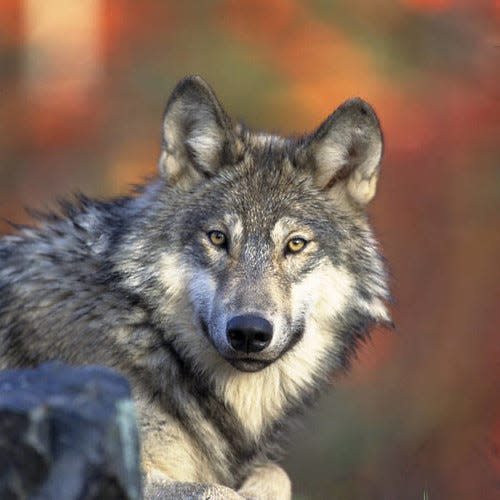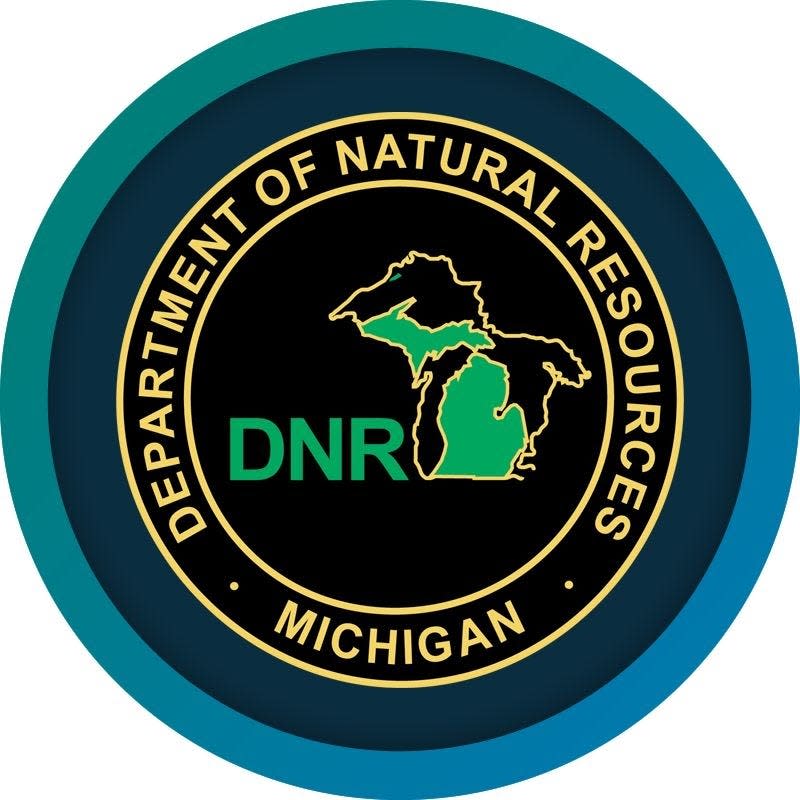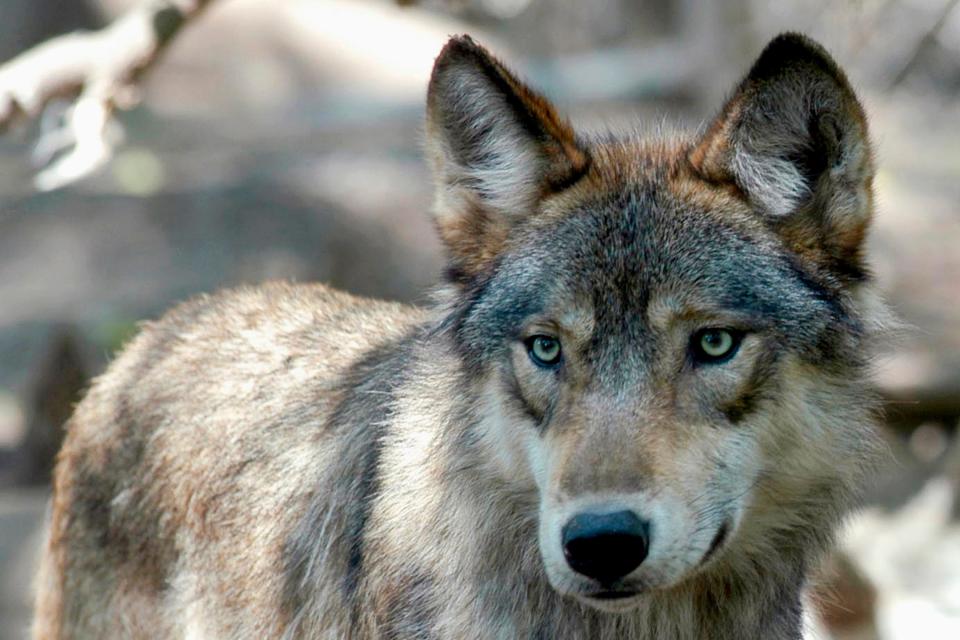DNR seeking public input about wolf management efforts

The Michigan Department of Natural Resources (DNR) is updating the state’s wolf management plan and is seeking public comment through an online survey until the end of the month regarding the future of wolf management.
The current plan, created in 2008 and updated in 2015, was developed using public input to identify important issues and assess public attitudes toward wolves and their management and by reviewing the biological and social science relevant to wolf management. New public input gathered on the 2015 plan will help inform an updated plan to be completed this year.
“Science can help predict the outcome of different management actions, but it doesn’t tell us which action is the 'right' one,” said Cody Norton, DNR large carnivore specialist, in an email. “Public input plays an important role in understanding the perception of different management actions and predicted outcomes for a variety of stakeholders. These perceptions can change over time, so it is important that we periodically collect and incorporate that input into our management goals, strategies, and objectives.”

The four principal goals within the 2015 plan are: maintain a viable wolf population, facilitate wolf-related benefits, minimize wolf-related conflicts and conduct science-based and socially acceptable management of wolves. Norton said some of the ways the DNR evaluate progress towards achieving these goals include estimating the Upper Peninsula wolf population through the DNR’s winter wolf track survey, investigating wolf observation reports submitted in the Lower Peninsula, monitoring levels of livestock depredation, domestic dog depredation, and wolf activity reports, and monitoring shifts in public attitudes surrounding wolves by periodically conducting scientific surveys.
Norton said there can be a give-and-take between providing additional wolf-related benefits and reducing wolf-related conflicts, especially when those are tied to changes in wolf abundance. When available, the DNR applies for a federal wolf-livestock demonstration project grant program that can be used to deter wolf depredation of livestock through nonlethal techniques. Other aspects of wolf management are funded through a combination of federal and state funding sources, depending on the type of work being conducted, whether it be habitat management, research and monitoring, outreach and engagement, etc.
The plan and these principal goals have guided wolf management in Michigan for the last 13 years. The 2022 update will include recent scientific literature and new information regarding wolves in Michigan.
“We are working with researchers at the State University of New York to update a document that accompanies and informs the wolf management plan titled ‘A review of biological and social science relevant to wolf management in Michigan,’” said Norton in an email. “This document was last updated in 2006 prior to initial development of the wolf management plan in 2008. We are also working with researchers at Michigan State University to conduct a new survey of public attitudes towards wolf management, which will be incorporated into the previously mentioned document and will also inform the plan. All of this new information will ensure that we have the best-available science to predict the outcomes of different management actions and understand the attitudes of Michigan stakeholders towards different management options.”
Michigan’s gray wolf population was nearly eliminated by the mid-1970s due to persecution and active predator control programs in the early part of the 20th century. Today, Michigan’s wolf population numbers close to 700 individuals in the Upper Peninsula. Gray wolves were removed from the federal endangered species list in early 2021, a decision currently being challenged in court.

Norton said there are opportunities for members of the public, regardless of if they hunt or not, to contribute to the goals, strategies and objectives of the plan by providing accurate information about wolves to other members of the public, submitting wolf observation or activity reports, reporting the illegal killing of wolves or managing habitat on their property for wolf prey.
Norton added that deliberately feeding wolves, properly disposing of livestock carcasses, keeping cattle near manmade structures, keeping certain dog breeds or donkeys in with livestock, avoiding hunting with hounds in areas where hunting dog depredations have recently occurred and reporting human, livestock, or domestic dog conflicts to the DNR are some steps Michiganders can take to reduce risk of wolf/human/livestock conflicts. People can visit www.michigan.gov/wolves for maps of verified depredations.
“Once we have the public feedback, we will incorporate it in conjunction with input from our Wolf Management Advisory Council (WMAC) and consultation with tribal governments, as well as the new information from our scientific review and public attitude survey into a draft updated wolf management plan,” said Norton via email. “There will be an additional opportunity for the public and WMAC and Tribal governments to comment on the draft updated plan at that time. Once this input is incorporated into the plan, it will go before the director and Natural Resources Commission for their input and the director’s final approval and signature. We plan to have the wolf management plan update completed by the end of June this year.”
Norton said the make-up of the Wolf Management Advisory Council is specified in state statute as requiring representatives from a tribal government, conservation organization, hunting or fishing organization, agricultural interests and an animal advocacy organization, as well as the DNR. Anyone in the state can be considered a stakeholder, but Norton said this is considered a good representation of who the major stakeholders are relative to the contents of the wolf management plan. He emphasized the importance of working with tribal governments through government-to-government consultation, which, he said, is much different than gathering input from the other stakeholder groups.
Those interested in providing feedback are encouraged to complete the online survey by Jan. 31. Norton said the DNR expects a lot of feedback on the plan and is at nearly 3,000 responses already.
For more information about wolves in Michigan, including links to the survey and the state’s wolf management plan, visit www.michigan.gov/wolves. Norton said there will be an additional opportunity for comment on the draft updated wolf management plan.
— Contact News Reporter Taylor Worsham at tworsham@sooeveningnews.com.
This article originally appeared on The Sault News: DNR seeking public input about wolf management efforts

